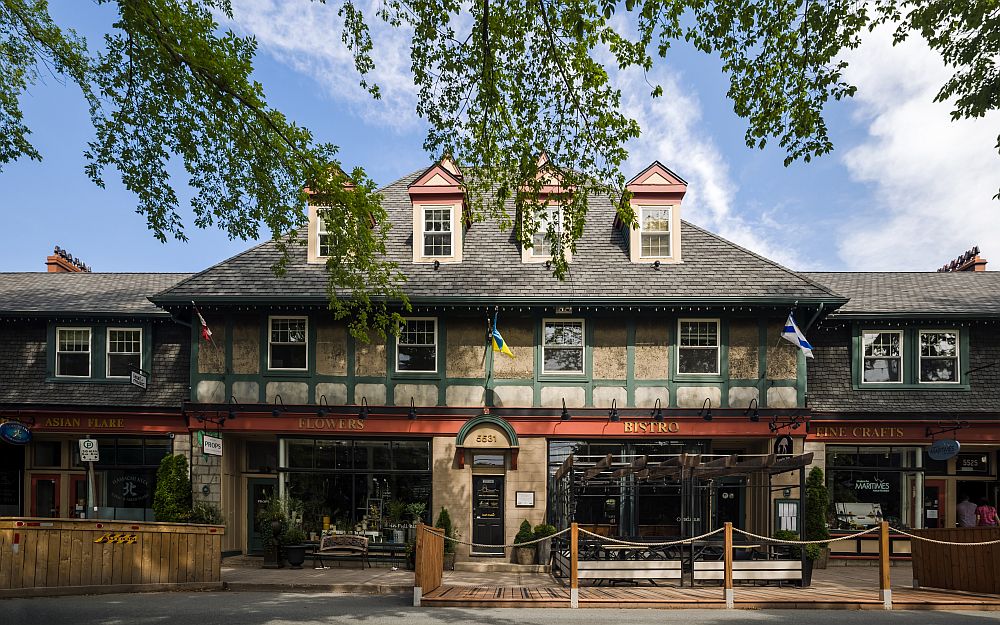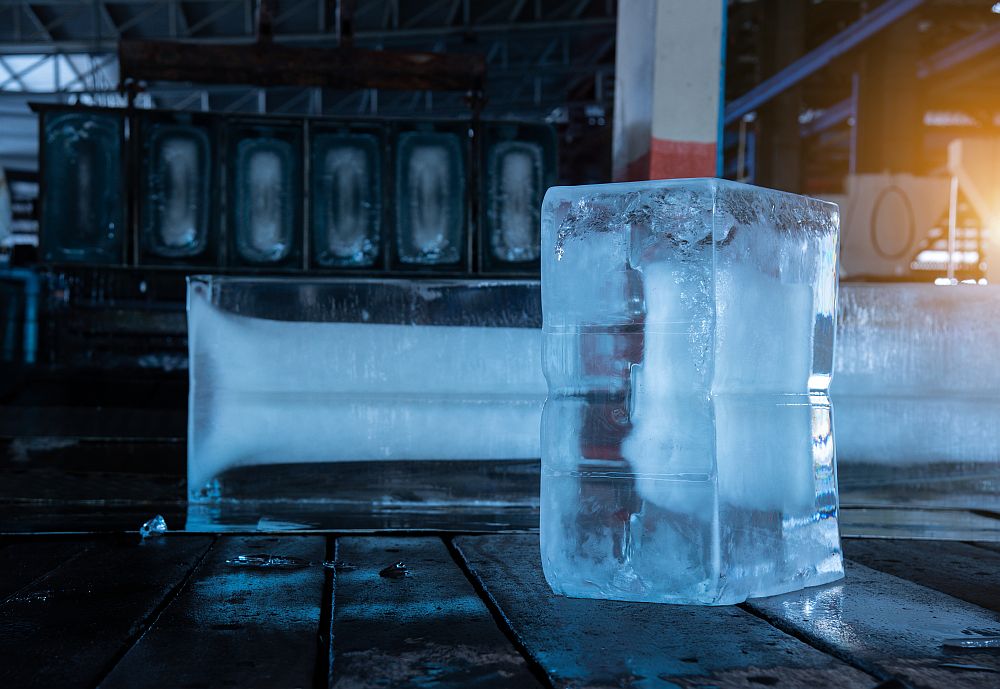
[Image above] People bathing in the Dead Sea, a landlocked salt lake between Israel and Jordan. The Dead Sea is used as a spa for the more than 21 minerals in its waters. Credit: Arturo Peña Romano Medina, iStock
Clay is one of the oldest and most versatile materials known to humanity. Although it is often associated with pottery and bricks, its unique properties have led to a surprising range of applications, from ancient standardized forms of currency to cutting-edge medical science.
Clay also finds its way into our daily lives in applications both obvious and obscure. The ACerS Bulletin magazine ran a seven-part series overviewing some of the most common examples—read them all for free here!—but there are countless other ways that ceramic and glass materials support happy, healthy lives.
I have previously dived into the bowels of history for faucets and toilets, two household fixtures that have significantly improved our standards of hygiene. My obsession with all things clay does not stop there, however, so today I have compiled some less well-known examples of clay-based amenities that support our everyday comfort and wellness.
At home: Clay’s thermal mass to the rescue
The thermal and physical properties of clay make it an ideal material for creating temperature-regulated living spaces with additional health benefits.
Starting with the thermal properties, clay’s high thermal mass means that it can absorb and store large amounts of heat energy. This property allows clay products to act as a thermal buffer, absorbing excess heat during the day and releasing it slowly at night. Conversely, it also stays cool longer than wood or metal.
Previous CTTs have discussed how clay-walled buildings can help combat the urban heat effect in cities (and penguin colonies!). But other household features can benefit from being made of clay as well, for example,
- Central heating systems: In some Asian countries, hardened clay platforms are used in underfloor heating systems (ondol in Korea and kang in China) to radiate heat from the stove or fireplace into the rest of the room. Even today, such systems are the primary source of heat in many rural East Asian homes, and some companies (such as this one) have developed modern versions of these systems based on electric heating. Meanwhile, in northern Europe, ceramic masonry stoves remain an integral part of keeping homes warm during the winter.
- Central cooling systems: Various innovators, such as here and here, have used clay as the basis for evaporative cooling systems, i.e., systems that remove heat from the air as water evaporates. The same principle can be leveraged to make coolers for fruits and vegetables in dry regions.
Besides the thermal properties, the chemical and mineralogical composition of certain clays allow them to inhibit or kill bacteria and other microorganisms. This property is beneficial compared to dirt floors, which can harbor bacteria and worsen the health of occupants. A company in Africa recently developed compacted clay floors that are an affordable alternative to dirt floors in parts of the world where concrete floors are outside the budget of homeowners.
Clay and clay-based plaster are also used in architectural design for their exceptional ability to absorb sound, creating quieter and more peaceful interior spaces. Noise pollution is a growing problem in developed regions, which can cause health issues. The sound-adsorbing qualities of unfired clay can be used to reduce the impact of noise pollution in indoor spaces.
In the kitchen: A culinary and preservative powerhouse
Clay is a secret weapon in the food world, enhancing flavor and preserving ingredients in unique ways.
Referring back to clay’s thermal properties, clay cookware is revered by professional and hobbyist chefs alike for its ability to provide slow, even heat that perfectly cooks grains and beans. Furthermore, the various mineral compositions of the clay can add their own flavors to the dish.
Clay pot aficionados are not the only ones to recognize the contributions of clay to flavor. The kulhad chai sellers of India have known it for centuries as well. Now, their disposable clay cups are being reimagined as an alternative to single-use plastic.
Traditional fermentation and pickling methods make full use of the porosity of clay. In the days before refrigeration, these methods were used to preserve food for later consumption. Korean kimchi is made in earthenware pots called onggi, which have been scientifically proven to enhance gas transport and keep conditions within the pots suitable for lactic acid bacteria growth. The same technique of lactic acid fermentation has permeated every culture of the world today.
Pottery is not the only way that clay adds flavor to food. Food can be directly wrapped in clay to preserve and protect it through the aging or cooking processes. Some examples of this foods that make use of this preparation process are aging cheese, beggar’s chicken, roast pork, and baked potatoes. Preparing food in this way helps to control moisture and allows the development of complex, earthy flavors.
In some cultures, clay is an ingredient in food. The essential minerals in the clays add nutrients in arid environments where food is scarce. The Peruvian Altiplano is one area famous for clay consumption. A sauce called arcilla de chaco is made of local clay and served with bitter potatoes to make them more palatable. It is now believed that the clay may have protected early indigenous peoples from the glycoalkaloids found in wild potatoes.
A Zimbabwe-born molecular biologist, Tapiwe Guzha, uses local flavors of Africa to make unique ice cream. His ice cream restaurant in Cape Town, South Africa, highlights traditional African food and culture with seasonal flavors that are never repeated, including one using edible clay. This dish is a nod to the ancient African practice of geophagy.
Self-care clay remedies
Anyone who has used a clay facial mask knows that it is good for your skin. Similarly, soaking in clay can provide benefits to your skin all over the body and may relieve the symptoms of eczema and psoriasis. There are entire spa resorts built around medicinal mud baths composed of proprietary blends of seaweed, volcanic ash, clay, and additional minerals.
Besides addressing external ailments, the use of clay as a poultice to fight infections has been employed in various cultures around the world for centuries. Recent scientific investigations of the antibiotic properties of clay revealed that the infection-fighting properties are found in hydrothermally altered volcanic deposits of smectite clays. (As if I needed another reason to love smectite!)
Furthermore, certain types of clay, such as blue clay from Oregon, have been shown to combat antibiotic-resistant bacteria, offering a potential new tool in the fight against superbugs. Bentonite has been studied as a natural remedy for a wide range of ailments including skin conditions, toxin ingestion, gastrointestinal disorders, and kidney disease.
So, although clay may be an annoyance when trying to plant flowers and vegetables in your clay-infested backyard soil—not projecting at all—take a moment to appreciate all the other ways that clay makes for a comfortable home.
Author
Becky Stewart
CTT Categories
- Biomaterials & Medical
- Construction
- Thermal management


